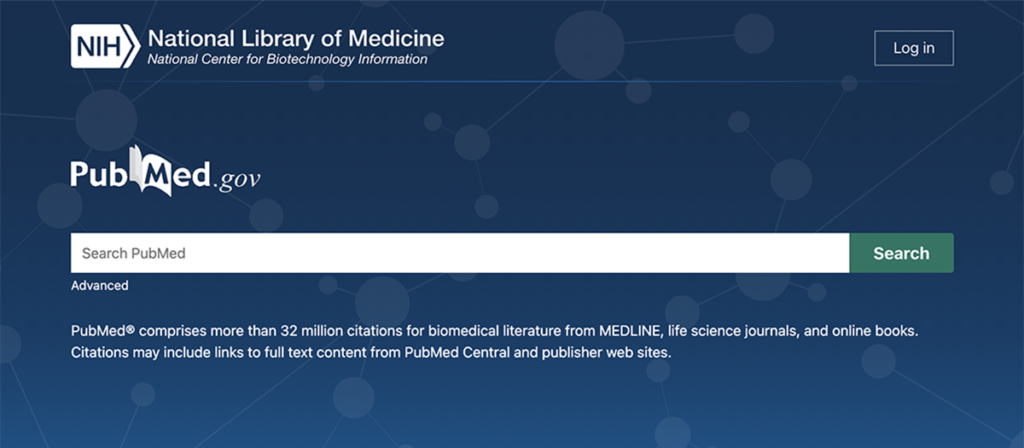Writing a scientific article is an essential skill for researchers, scholars, and academics. Whether you’re contributing to your field or seeking recognition through publications, a well-structured scientific article is key to sharing your findings. Scientific articles are a vital resource for others, serving as reliable references in research and education. To ensure your article is of high quality, it must be clear, logically constructed, and adhere to the standardized structure that scientific journals expect.
In this guide, we will outline each critical section of a scientific article and offer detailed advice on how to write one effectively.
1. Title: Setting the First Impression
Your article’s title is the first element that readers encounter. A good title is essential for attracting the attention of potential readers, conveying the core idea of your research, and ensuring that your article is discoverable in databases and search engines. Here’s how to craft a compelling title:
- Clear and Concise: The title should be straightforward and to the point, giving readers a clear understanding of the research subject.
- Engaging: Use keywords that pique curiosity, making readers interested in learning more.
- Follow Journal Guidelines: Most journals have specific guidelines regarding title length. Stick to these word or character limits.
- Author Names and Affiliations: The title page should include the names of the authors, followed by their affiliations, to give credit to contributors and ensure transparency about institutional affiliations.
2. Abstract: A Snapshot of Your Research
The abstract provides a concise overview of your entire study and is often the deciding factor in whether someone chooses to read your article. It is typically between 150 to 250 words, following a standardized structure. Since the abstract serves as a window into your research, it must be carefully written.
The structure of the abstract usually follows this sequence:
- Introduction/Objective: In one or two sentences, describe the research topic and its significance. State the objective of your study clearly.
- Methods: Briefly summarize the methods used. Include the sampling methods, sample size, participant characteristics, and key techniques.
- Results: Highlight the key findings of the study, avoiding overly technical language or detailed statistics.
- Conclusion: Provide a succinct interpretation of the results and their broader implications. Mention any potential applications or future research directions.
When writing your abstract, keep the following points in mind:
- Avoid using jargon or unexplained abbreviations.
- Focus on the main results and their significance.
- Do not include citations or references.
- Use the past tense to describe the completed study.
3. Introduction: Framing Your Research
The introduction sets the stage for your research. It answers critical questions like: Why was this study conducted? What gap in knowledge does it fill? Why should the reader care?
In your introduction, you should:
- Summarize Relevant Literature: Briefly discuss existing research and theories that led you to undertake this study.
- Define the Problem: Clearly state the issue or research question you are addressing and why it’s important. This provides context for your study’s relevance.
- Research Objectives: Explicitly state the objectives or hypotheses your study seeks to test or achieve.
- Motivation and Significance: Highlight why this study is valuable and what contributions it will make to the field.
The introduction should provide a concise overview of the background while ensuring that the reader understands why your study matters.
4. Methods: How the Study Was Conducted
The Methods section is a crucial part of your scientific article as it describes how you conducted your research. This section should provide enough detail so that other researchers can replicate your study if needed. Here’s what to include:
- Study Design: Clearly state the type of study (e.g., experimental, observational, cross-sectional) and describe the overall framework of your research.
- Participants: Mention the number of participants and provide details about their demographics (such as age, gender) and selection criteria.
- Materials: List the materials and tools used in the study (e.g., chemicals, instruments, software) to ensure that your study can be replicated.
- Data Collection Methods: Explain how data were collected. This may include devices, questionnaires, tests, or instruments.
- Procedure: Describe the sequence of events during the experiment or study, including the roles of participants and any interventions used.
- Ethical Considerations: Mention any ethical approvals obtained and the steps taken to ensure participant safety and confidentiality.
- Statistical Analysis: Provide a brief description of the statistical methods used to analyze your data, such as regression models, t-tests, or chi-square tests.
5. Results: Presenting the Findings
The Results section is where you present your findings. This section should be objective, with no personal interpretations or speculations.
- General Overview: Start with a general summary of the main findings.
- Detailed Findings: Follow up with specific data, including tables, graphs, or charts to visualize your results.
- Statistical Significance: Be clear about which findings are statistically significant and provide p-values or confidence intervals where relevant.
Ensure that your Results section is straightforward, focused on the research questions, and that all figures or tables are well-labeled and referenced.
6. Discussion: Interpreting the Results
The Discussion section is where you interpret the results in the context of previous research. Here, you explore the meaning and implications of your findings, addressing questions like: What do the results suggest? How do they compare with existing studies? What are the practical or theoretical implications?
In your Discussion:
- Interpret Findings: Explain the meaning of your results, highlighting both expected and unexpected outcomes.
- Compare with Previous Research: Discuss how your results align or differ from previous studies.
- Limitations: Acknowledge the limitations of your study, such as sample size, methodology constraints, or potential biases.
- Implications: Discuss the broader implications of your findings and potential applications.
- Future Research: Suggest areas where further research could be valuable to build on your work.
7. Conclusion: Summing Up
The Conclusion is a brief recap of the entire article, summarizing the key points and emphasizing the significance of the findings. While similar to the abstract, the Conclusion assumes the reader has gone through the whole article.
- Main Findings: Summarize the key results and their importance.
- Limitations and Future Directions: Briefly mention any study limitations and propose future research opportunities.
8. References: Crediting the Sources
The References section lists all the sources you’ve cited throughout your article. Proper referencing is crucial for the academic integrity of your work. Ensure that all sources are credible, up to date, and relevant to your research.
- Citing Style: Follow the citation style required by the journal (APA, MLA, Chicago, etc.).
- Quality of Sources: Use peer-reviewed, reputable sources to enhance the credibility of your article.
Conclusion: Writing a Successful Scientific Article
Writing a scientific article is a rigorous but rewarding process. By following a standardized structure and paying attention to detail in each section, you can craft a well-organized, impactful article that effectively communicates your research findings. Whether you’re a first-time author or an experienced researcher, adhering to these guidelines will help you produce a professional, high-quality scientific article.
To further enhance the visibility of your research, consider seeking advice from experts or us, which provides tailored guidance on journal submissions, ensuring that your article reaches the right audience.


